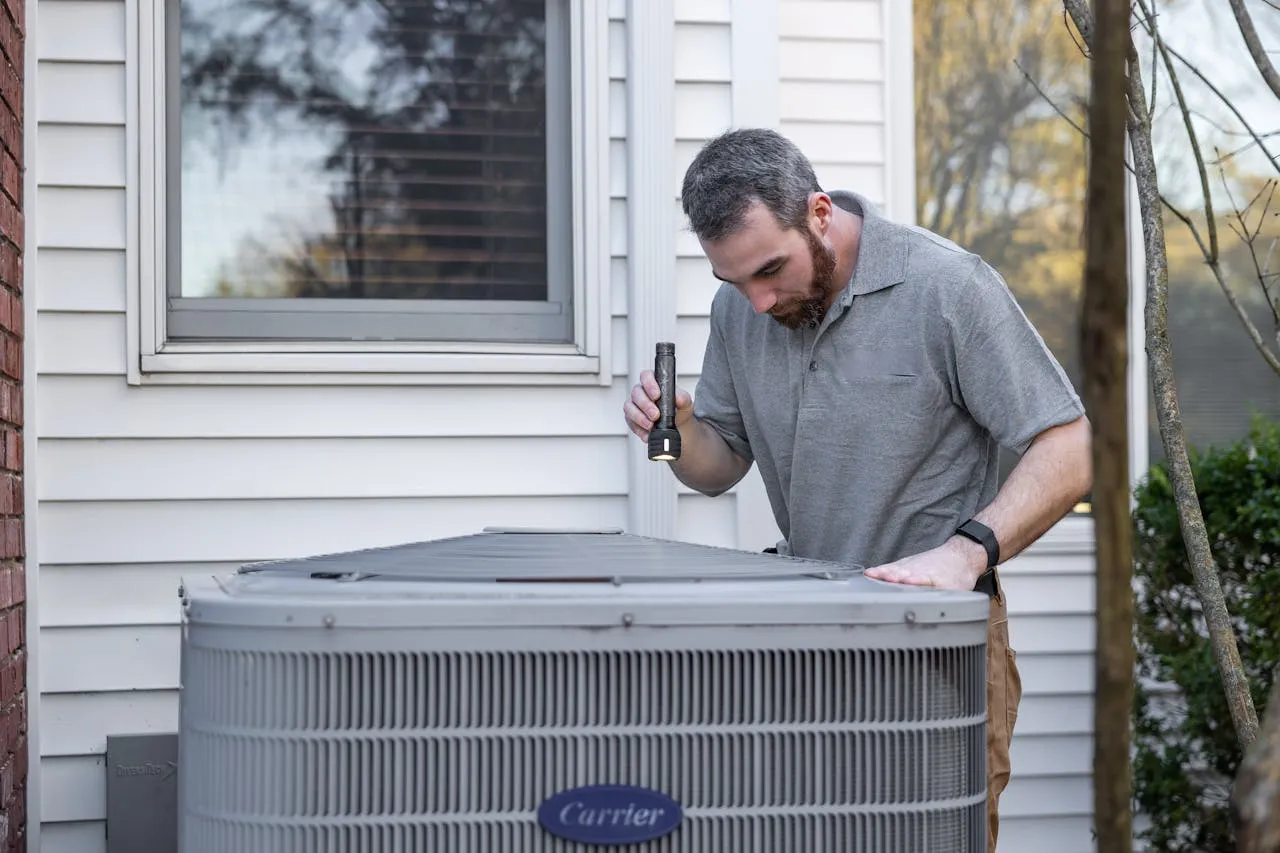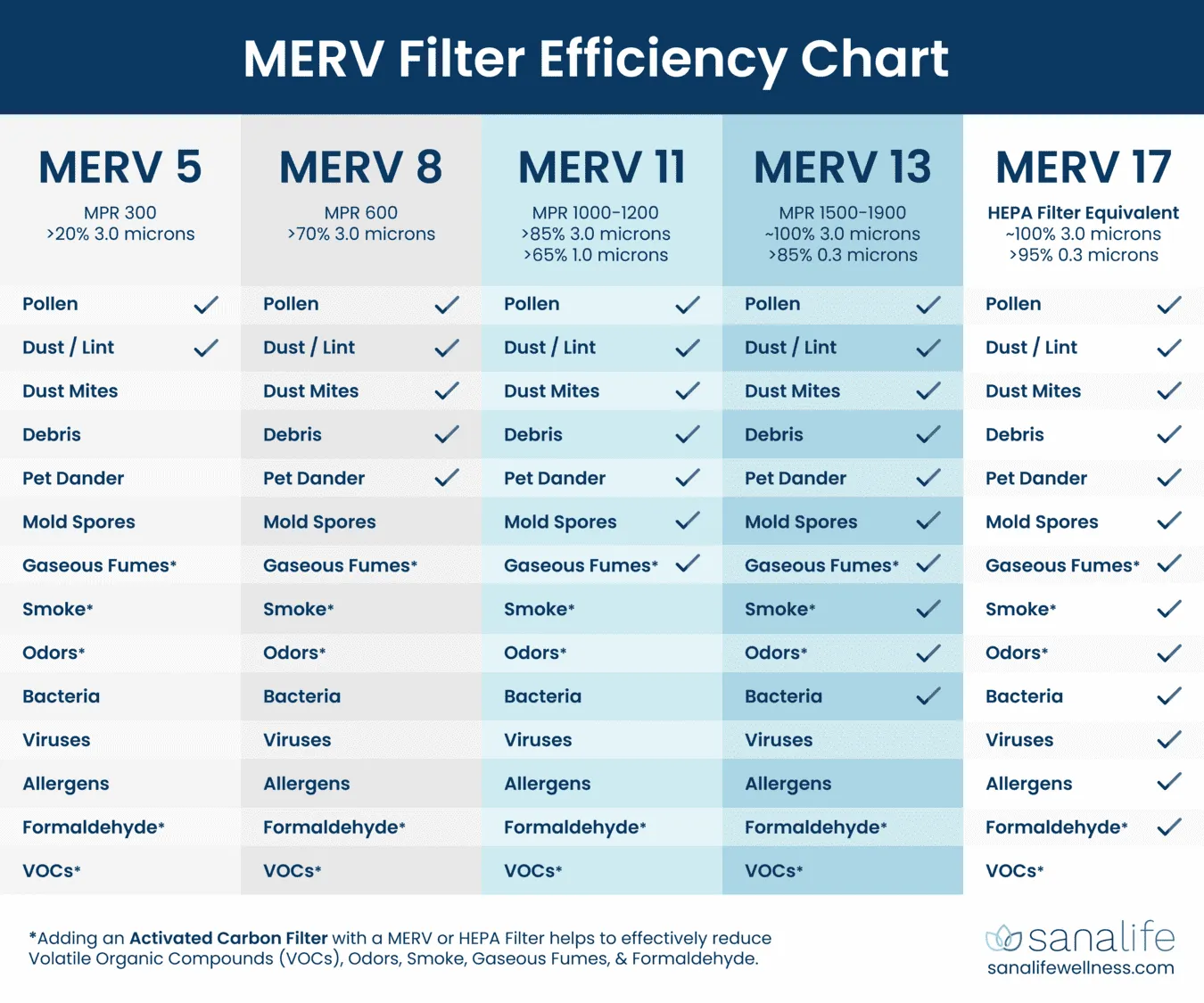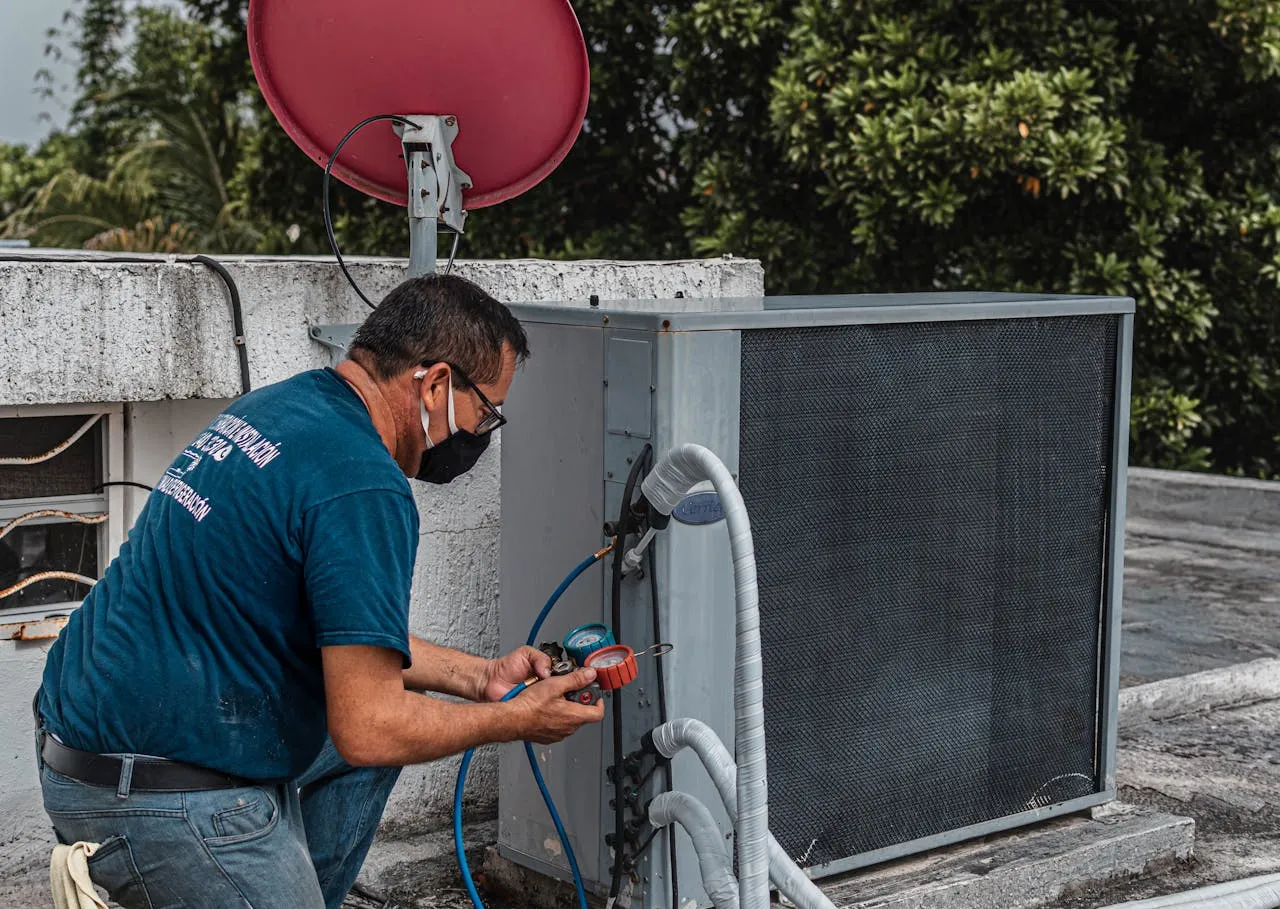
Clean air starts with choosing the right filter.
Introduction
If you operate a small hotel, you already know that guest comfort extends beyond crisp linens and spotless bathrooms. Air quality is just as critical. A stuffy or dusty room can lead to guest complaints, negative reviews, and even health concerns.
That’s where MERV filters come in. MERV stands for Minimum Efficiency Reporting Value, a rating system that measures how well an air filter captures particles of different sizes. The higher the MERV number, the finer the filtration.
But here’s the catch: higher isn’t always better. Too high a rating can strain HVAC systems, reducing efficiency and raising utility bills. Too low, and you risk poor air quality. For hotel operators juggling tight budgets and diverse HVAC setups—PTACs, mini-splits, rooftop units—the right balance is key.
This guide breaks it all down so you can make confident, cost-effective choices.
What is a MERV Rating?
MERV ratings range from 1 to 20. Here’s the quick breakdown:
- MERV 1–4: Basic filtration. Captures large particles like dust and pollen. Found in cheap fiberglass filters.
- MERV 5–8: Standard residential and light commercial use. Traps mold spores, dust mite debris, and pet dander.
- MERV 9–12: Better filtration, capturing finer dust, auto emissions, and some bacteria.
- MERV 13–16: High-performance filtration, capable of capturing smoke, viruses, and allergens. Common in hospitals and clean rooms.
- MERV 17–20: HEPA-level, not practical for most hotel HVAC systems.
For most hotels, MERV 8–13 is the sweet spot—balancing indoor air quality with equipment efficiency.

Step 1: Identify Your Property Type
The first step is knowing what kind of HVAC system you’re working with. Small hotels often fall into one of three categories:
- Residential conversion (VRBO, Airbnb, boutique inn)
Uses standard residential HVAC units or furnaces. - Packaged Terminal Air Conditioners (PTACs)
The classic under-window units found in budget and midscale hotels. - Mini-split systems
Increasingly common in boutique properties or retrofits. - Rooftop Units (RTUs)
Found in small buildings with centralized systems.
Let’s look at each.
PTAC Units: Balancing Guest Comfort and Filter Resistance
PTAC units are compact and efficient, but their airflow is limited compared to larger systems. That means using too high of a MERV filter can choke performance.
- Best choice: Stick with MERV 6–8. This captures dust, pollen, and lint without stressing the fan.
- Avoid: MERV 11+ filters. They’ll restrict airflow, making the unit work harder and potentially shortening its life.
- Maintenance tip: Replace filters every 30–60 days in high-occupancy hotels. Dusty environments (near highways, construction) may require even more frequent checks.
If indoor air quality is a selling point (e.g., a wellness-focused hotel), consider PTACs designed with enhanced filtration capability. Some manufacturers offer kits or upgraded units that can safely accommodate higher MERV ratings.
Mini-Split Systems: Why Less is More
Mini-splits are efficient and quiet—but their design makes them poor candidates for high-MERV filters.
- Typical filters: Simple mesh screens, washable and reusable.
- Guidance: Stick with the manufacturer’s recommendation. Upgrading to higher MERV filters can cause airflow issues and damage.
- What you can do instead:
- Keep washable filters clean (monthly at minimum).
- Add portable HEPA air purifiers in high-sensitivity rooms (allergy-friendly units).
- Seal gaps around indoor units to prevent bypass dust.
For mini-splits, focus on cleaning frequency, not filter upgrades.
Rooftop Units (RTUs): The Small Hotel Workhorse

If your hotel uses an RTU, you have more flexibility. RTUs are designed for higher airflow and can handle stronger filters than PTACs or mini-splits.
- Best choice: MERV 8–11 filters strike a balance between air quality and system efficiency.
- High-demand environments: Consider MERV 13 if your RTU is sized generously and you want to market cleaner air (post-COVID, many guests appreciate this).
- Avoid: Jumping straight to MERV 16 or HEPA—RTUs typically aren’t designed for that level of resistance without retrofits.
- Maintenance tip: Inspect filters monthly; replace every 2–3 months depending on load.
Residential-Style Systems in Converted Properties
If your hotel is a converted house, B&B, or VRBO-style rental, treat the system like a home HVAC:
- Best choice: MERV 8–11 for most climates.
- Allergy-friendly rooms: Consider MERV 13 if the blower motor is strong enough.
- Important: Don’t upgrade beyond what the system was designed for—too much restriction risks frozen coils and blower failure.
How to Decide: A Quick Framework
-
Identify your unit type
- PTAC → MERV 6–8
- Mini-split → Washable mesh only
- RTU → MERV 8–11 (up to 13 if system allows)
- Residential → MERV 8–11 (13 if strong blower)
-
Consider your guest promise
- Standard comfort → stick with middle ratings.
- Allergy- or wellness-focused branding → invest in higher-quality filtration, but verify system compatibility.
-
Balance cost vs. replacement frequency
- Filters are cheap compared to HVAC repairs. Don’t push replacement intervals too far.
Common Mistakes Hotels Make
- Over-specifying filters: Aiming for hospital-level air quality in a budget hotel PTAC setup. It’s not realistic.
- Ignoring maintenance schedules: Even the best filter fails if it’s clogged. Dirty filters cost more in electricity than new ones.
- Mismatching sizes: Forcing filters that don’t fit creates gaps where unfiltered air bypasses the media.
- Failing to communicate with guests: If you’re investing in better filtration, mention it on your website or check-in materials. It’s a value-add.
Closing Thoughts
Choosing the right MERV filter for your hotel is about fit, not flash. A MERV 13 filter sounds impressive, but if it’s choking a PTAC unit, you’ll end up with unhappy guests and higher costs. By matching your filter choice to your system type—whether it’s PTAC, mini-split, RTU, or residential—you’ll protect your equipment, keep the air clean, and reassure guests that you care about their comfort and health.
Not sure which size your PTAC or RTU needs? We recommend buying from Nordic Pure, where you can search by exact size and MERV rating. They also have filters with carbon built in to reduce odors, a huge win for small hotel operators! Replace your filters regularly and keep your HVAC systems running like new.
Frequently Asked Questions
What MERV rating is best for guest comfort?
MERV 8–11 works for most small hotels—capturing dust and pollen while allowing good airflow without straining HVAC systems.
Should we use higher MERV filters (13+)?
Only if your HVAC equipment supports it. Higher ratings capture smaller particles but can restrict airflow if systems aren’t designed for them.
How often should filters be replaced?
Every 3 months in typical conditions. Monthly checks are smart in high-occupancy or dusty environments.
Do better filters improve guest reviews?
Yes—clean air reduces odors, allergens, and complaints about room stuffiness, which can directly impact guest satisfaction.